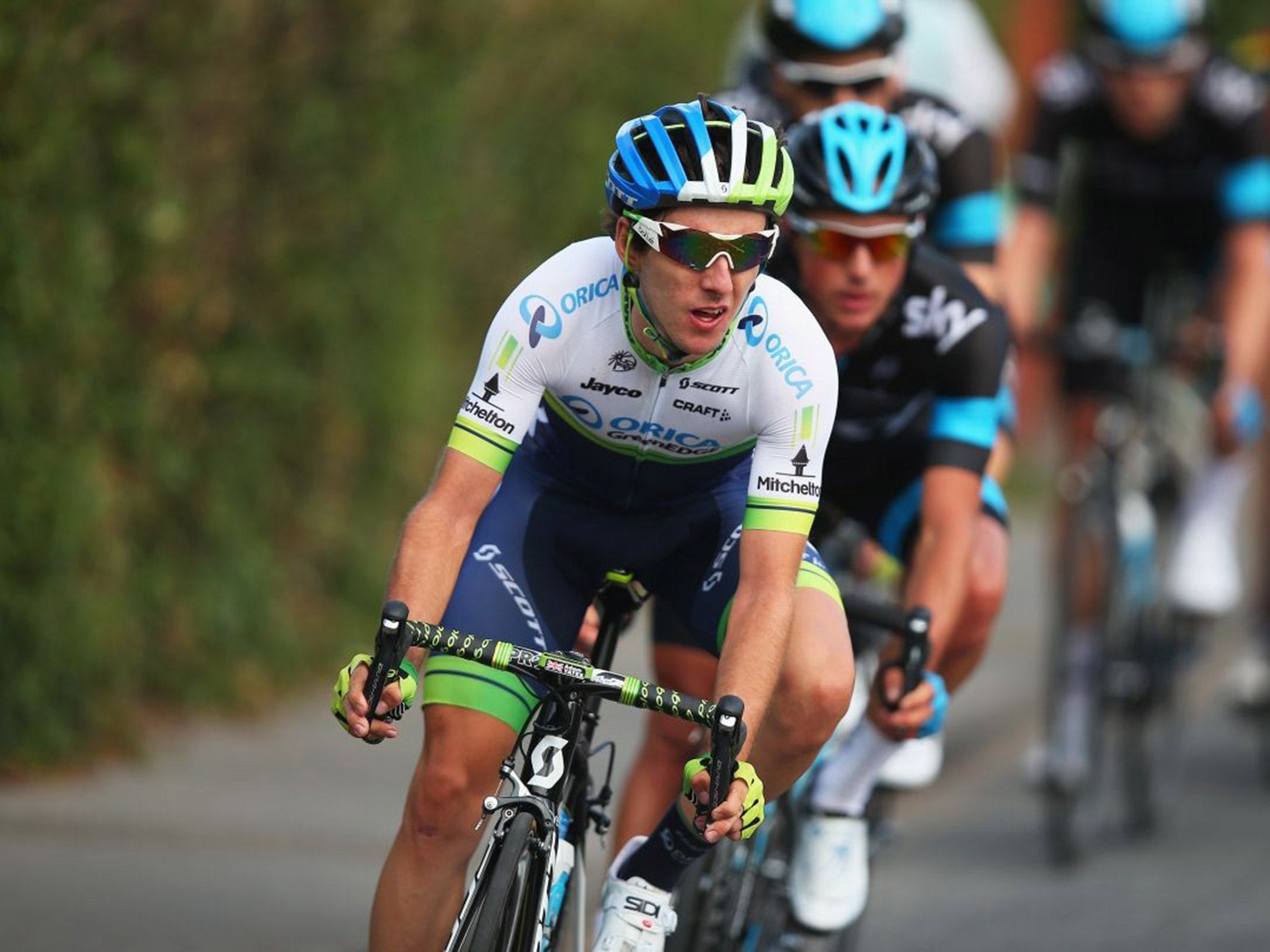Tour de France 2014: Yorkshire’s hills and dales will test the best
Riders are in for the hardest first week in nearly 40 years

If today’s stage was a relatively straightforward curtain-raiser for the Tour de France peloton, what awaits them is anything but. In fact, the first week of this year’s race has been described by Tour director Christian Prudhomme as “the hardest in nearly 40 years”.
Sunday’s 201-kilometre trek through the Yorkshire hills and dales is certainly the hardest day of climbing so early in the Tour since stage two ventured into the Pyrenees in 1977. This time there are no monster Pyrenean cols to contend with; but 3,000 metres of vertical climbing and nine classified climbs in the Yorkshire Dales mean, nonetheless, that stage two is a day where any weaknesses in the general-classification contenders will be exposed.
Although Holme Moss, two thirds of the way through the stage, is one of British cycling’s most-emblematic climbs, the much-less famous Côte de Jenkin Road – as the short ascent in Sheffield has been rechristened by the French organisers – may do the most damage. Only 800 metres long, its 33 per cent gradients are the steepest segment of any climb in this Tour – and would serve as a perfect springboard for late attacks to the finish, just five kilometres further on. Simon Yates is the only English rider in this Tour and a first-year pro, but curiously enough, the 21-year-old from Bury, near Manchester, will be one of only a handful of professionals present who have previously ridden over the Yorkshire climbs.
“I know them really well,” the Orica GreenEdge rider said. “They’re all my local training roads, and it’s really hard terrain. There won’t be half as many guys at the finish as in a normal stage. It’ll be a very tricky stage throughout,” – particularly if, as is forecast for this afternoon in Sheffield, it rains.
In fact, the stage is so difficult, he says, it will be riders with a flair for climbing – like, Yates hopes, his leader, Simon Gerrans – who could well be in the lead on Sunday night. Other favourites with a chance of success include Spain’s Alejandro Valverde.
In contrast, Monday’s stage into London is arguably the most straightforward of the entire Tour, with a flat run down from Cambridge and through the East End likely to culminate with a bunch sprint on The Mall. But by far the most-daunting stage of the entire Tour – in terms of unpredictability and danger – comes as soon as Wednesday’s stage five.
Running from Ypres to Arenberg, stage five’s last 60 kilometres feature nine cobbled sections of rough farm track, known as pavé. Traditionally they only form part of the annual Paris-Roubaix Classic, a race nicknamed the Hell of the North given the way these rough backroads tend to wreak havoc in the peloton with punctures, mechanical incidents and crashes. In such circumstances, bike-handling skills – not, it should be said, Chris Froome’s forte – become crucial. As Alberto Contador put it: “It will be a battle for survival.”
Ireland’s Sean Kelly, who won the Paris-Roubaix Classic three times in the 1980s, agrees.
“If the weather is rough, it’s going to be a horrible nightmare for a lot of the riders,” he told The Independent on Sunday. “It’ll be very unpredictable and in the early part of the race, everyone’s feeling good so there’ll be lots of chances for crashes. Froome says he’s ridden over them in training, but compared to racing, it’s like night and day.”
The mayhem caused the last time the Tour tackled the Roubaix cobbles, in 2010, saw favourites like Lance Armstrong and Contador lose a minute to the main pack. Other general-classification contenders like Luxemberg’s Frank Schleck were far less fortunate, crashing on a dangerous section of pavé and breaking his collarbone. It is a fate that could await any of the top names next Wednesday, particularly as rather than “just” the seven sections of pavé cobbles there were in 2010 there are now nine.
These two stages alone would make for a brutally difficult start to this year’s Tour. But instead the peloton will barely have time to recover before the Tour makes a three-day incursion into the Vosges mountain range, starting on Saturday.
Join our commenting forum
Join thought-provoking conversations, follow other Independent readers and see their replies
Comments
Bookmark popover
Removed from bookmarks